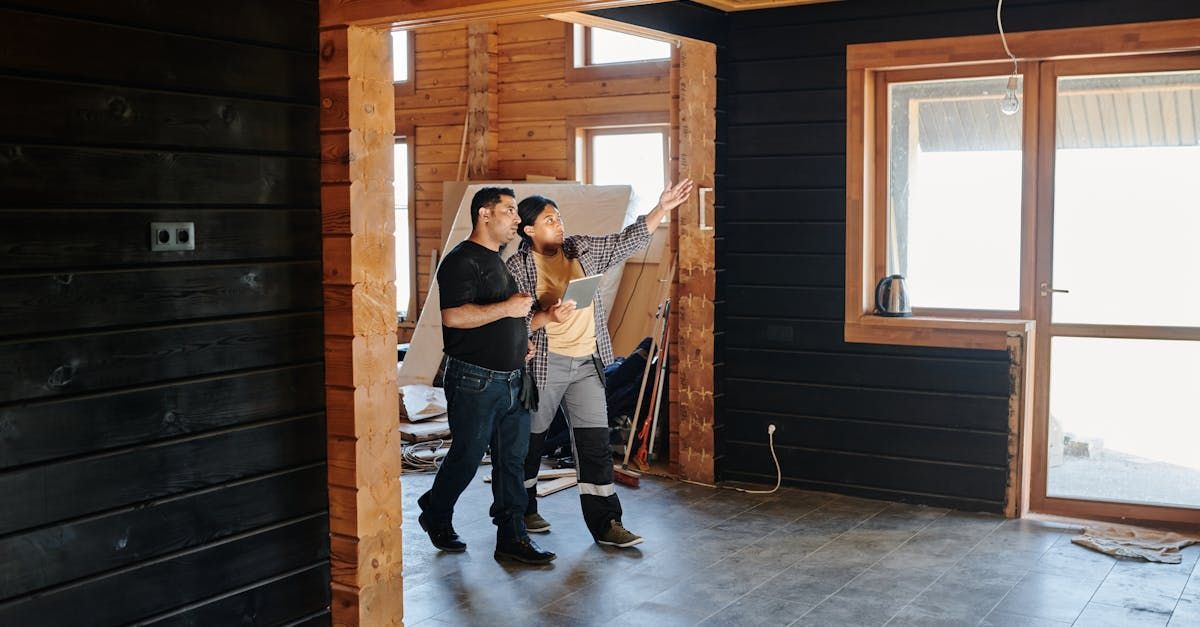A fire can be one of the most devastating events for a homeowner, causing significant damage to property and personal belongings. The aftermath of a fire requires prompt and professional restoration services to mitigate further damage, remove smoke and soot, and restore your home to its pre-fire condition. Here’s an overview of the essential steps we complete in fire damage restoration to help you understand the process and what to expect.
1. Emergency Contact and Response
The first step in fire damage restoration is to contact a professional restoration company immediately. Our team provides efficient services to respond quickly to your call and begin the restoration process as soon as possible.
Key Actions:
Immediate dispatch of a restoration team.
Initial assessment over the phone to understand the extent of the damage.
Preparation of the necessary equipment and personnel for the on-site visit.
2. Inspection and Assessment
Upon arrival, our team conducts a thorough inspection and assessment of the fire damage. This step is crucial to determine the scope of work required and to develop a comprehensive restoration plan.
Key Actions:
Visual inspection of the affected areas to identify visible damage.
Use of advanced equipment to detect hidden damage and potential hazards.
Documentation of the damage through photos and notes for insurance purposes.
3. Board-Up and Roof-Tarp Services
To secure your property and prevent further damage, we provide board-up and roof-tarp services. This step helps protect your home from weather elements, vandalism, and unauthorized entry.
Key Actions:
Boarding up broken windows, doors, and other openings.
Placing tarps over damaged roofs to prevent water intrusion.
Ensuring structural integrity and safety of the property.
4. Water Removal and Drying
If water damage occurred as a result of firefighting efforts, it’s essential to remove the water and dry the affected areas promptly. Water damage can lead to mold growth and further structural damage if not addressed immediately.
Key Actions:
Use of industrial-grade water extraction equipment to remove standing water.
Deployment of air movers and dehumidifiers to dry out the affected areas.
Monitoring moisture levels to ensure complete drying.
5. Smoke and Soot Removal
Smoke and soot can cause extensive damage to surfaces and contents, as well as pose health risks. Our team uses specialized techniques and equipment to remove smoke and soot residues from all surfaces.
Key Actions:
Cleaning and sanitizing walls, ceilings, and other surfaces.
Use of air scrubbers and fogging equipment to remove smoke odors.
Cleaning and restoring personal belongings affected by smoke and soot.
6. Cleaning and Sanitizing
Thorough cleaning and sanitizing are essential to remove contaminants and ensure a safe living environment. This step involves deep cleaning of all affected areas and items.
Key Actions:
Use of advanced cleaning agents and techniques to clean and sanitize.
Removal of debris and disposal of unsalvageable items.
Cleaning and deodorizing carpets, upholstery, and other soft goods.
7. Restoration and Repairs
The final step in fire damage restoration is the actual restoration and repair of the damaged areas. This can range from minor repairs to major reconstruction, depending on the extent of the damage.
Key Actions:
Repairing or replacing damaged drywall, flooring, and roofing.
Painting and refinishing walls and ceilings.
Restoring or replacing damaged electrical, plumbing, and HVAC systems.
Reconstruction of severely damaged areas to restore the home’s structural integrity.
Conclusion
Fire damage restoration is a comprehensive process that requires expertise, experience, and the right equipment. By following these essential steps, our team ensures that your home is restored to its pre-fire condition efficiently and effectively. If you’ve experienced a fire, don’t hesitate to contact us for prompt and professional restoration services. Our goal is to help you recover quickly and get back to normal life with minimal stress and disruption.








